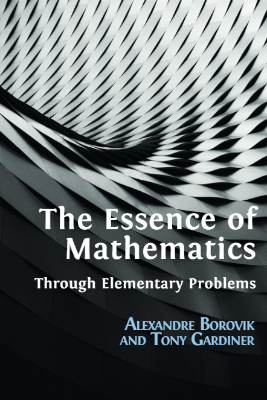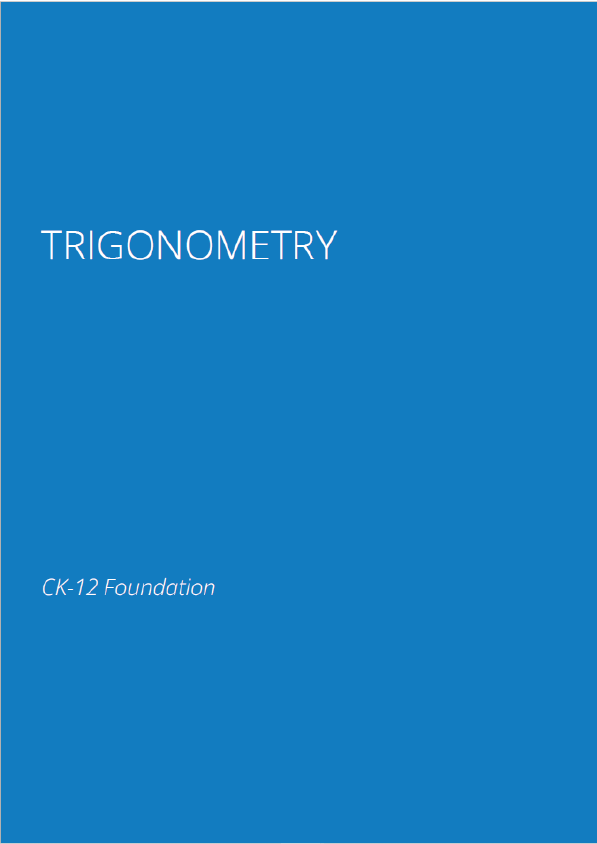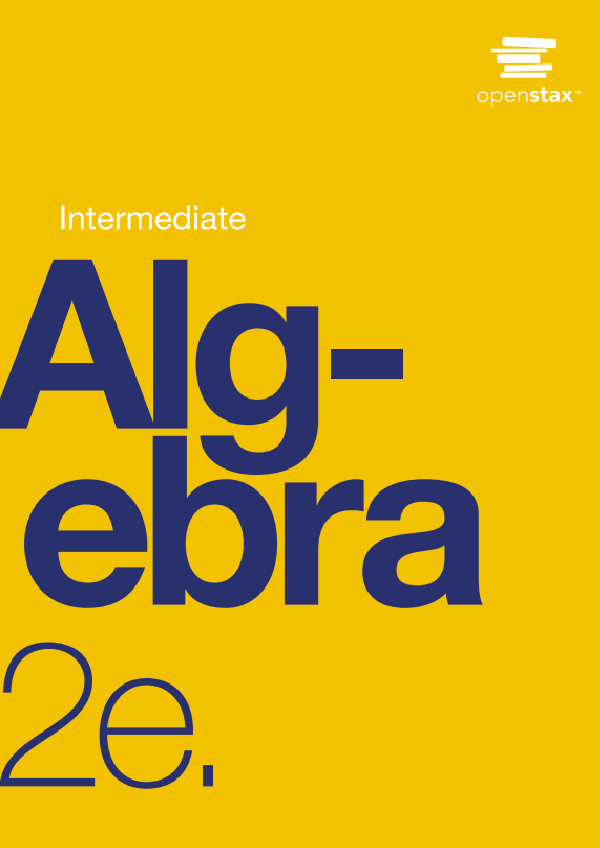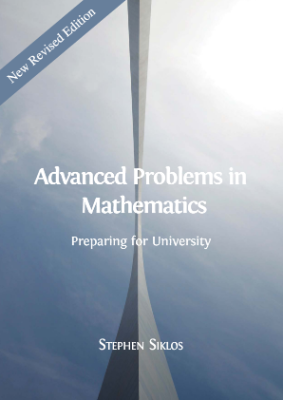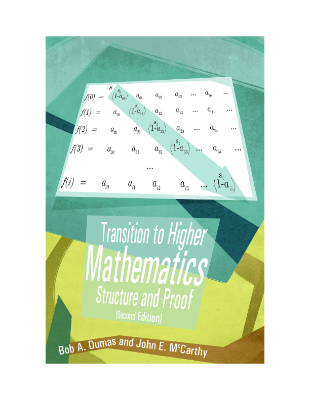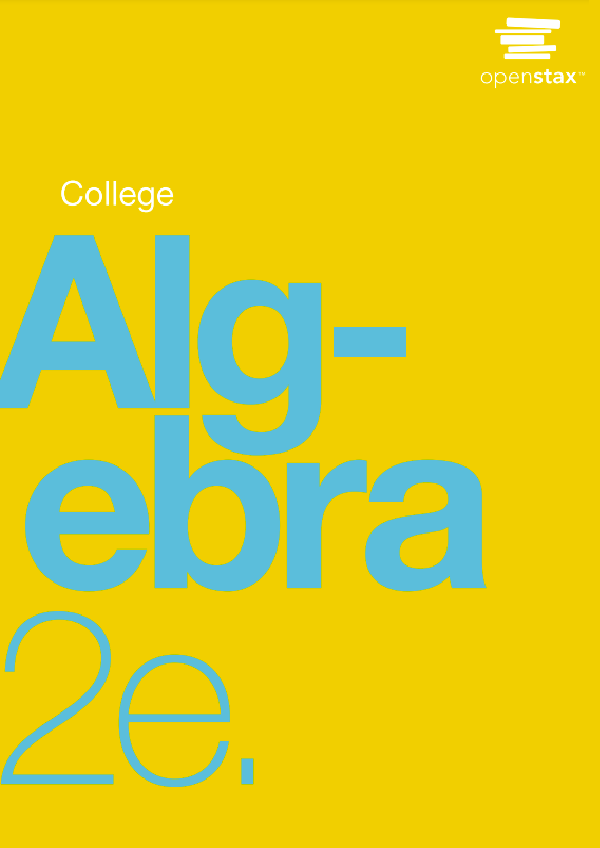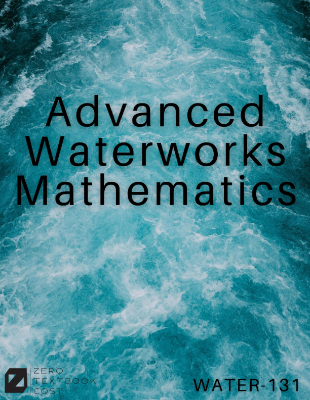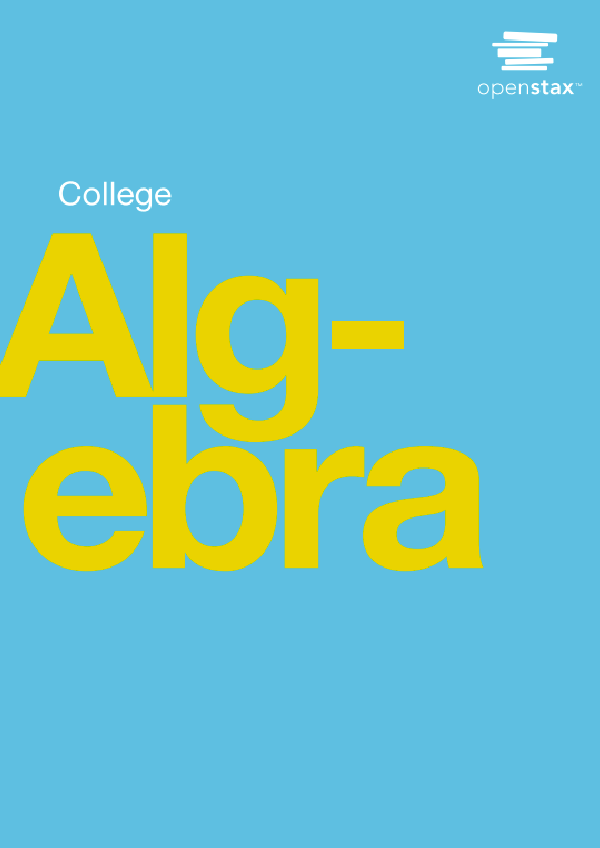Understanding mathematics cannot be transmitted by painless entertainment . . . actual contact with the content of living mathematics is necessary. The present book . . . is not a concession to the dangerous tendency toward dodging all exertion. Richard Courant (1888{1972) and Herbert Robbins (1915{2001)
Interested students of mathematics, who seek insight into the essence of the discipline”, and who read more widely with a view to discovering what the subject is really about, may emerge with the justifiable impression of serious mathematics as an austere, but distant mountain range { accessible only to those who devote their lives to its exploration. And they may conclude that the beginner can only appreciate its rough outline through a haze of unbridgeable distance. The best popularisers sometimes manage to convey more than this { including hints of the human story behind recent developments, and the way different branches and results interact in unexpected ways; but the essence of mathematics still tends to remain elusive, and the picture they paint is inevitably a broad brush substitute for the detail of living mathematics.
This collection takes a different approach. We start out by observing that mathematics is not a fixed entity { as one might unconsciously infer from the metaphor of an \austere mountain range”. Mathematics is a mental universe, a work-in-progress in our collective imagination, which grows dramatically over time, and whose eventual extent would seem to be unconstrained { without any obvious limits. This boundlessness also works in reverse, when applied to small details: features which we thought we had understood are repeatedly filled in, or reinterpreted, in new ways to reveal ner and finer micro-structures.
Hence whatever the essence of the discipline may be, it is clearly not something which can only be accessed through the complete exploration of some fixed corpus of knowledge. Rather the essential character of mathematics seems to be related to
- the kind of material that counts as mathematical,
- the way this material is addressed,
- the changes in perspective that occur as our understanding grows and deepens, and
- the unexpected connections that regularly emerge between separate strands and layers.
There are a number of books giving excellent general advice to prospective students about how university mathematics differs from school mathematics. In contrast, this collection { which we hope will be enjoyed by interested high school students and their teachers, by undergraduates and postgraduates, and by many others { is more like a messy workshop than a polished exposition. Here the reader is asked to tackle a sequence of problems, to re ect on what they discover, and mostly to draw their own conclusions (though some key messages are explicitly discussed in the text, or in the solutions at the end of each chapter). This attempt to engage the reader as an active participant along the way is inevitably untidy { and may sometimes prove frustrating. In particular, whereas a polished exposition would break up the text with eye-catching diagrams, an untidy workshop will usually leave the reader to draw their own figures as an essential part of the struggle. This temporary untidiness and frustration is an integral part of \the essence” that we seek to capture { provided it leads to occasional glimpses of the power, and the elegance of mathematics.
